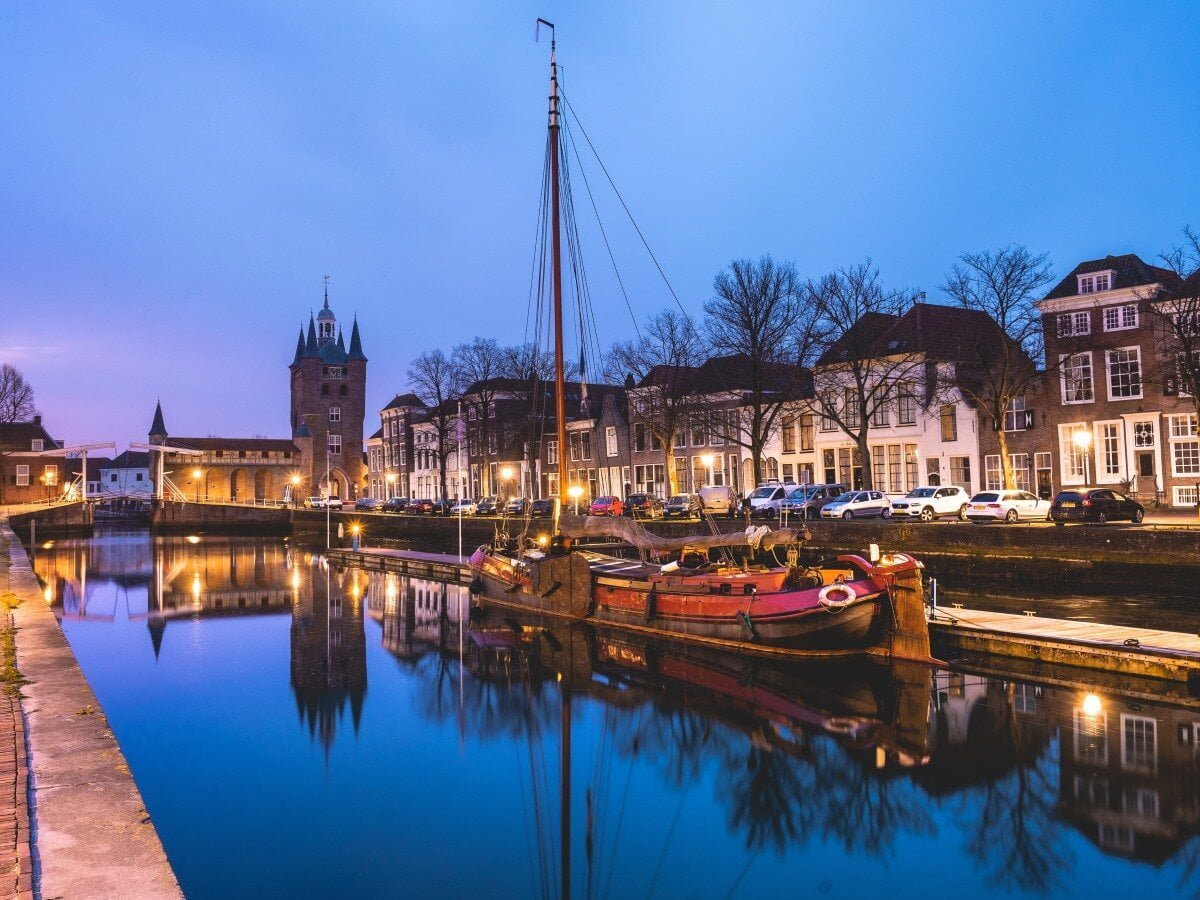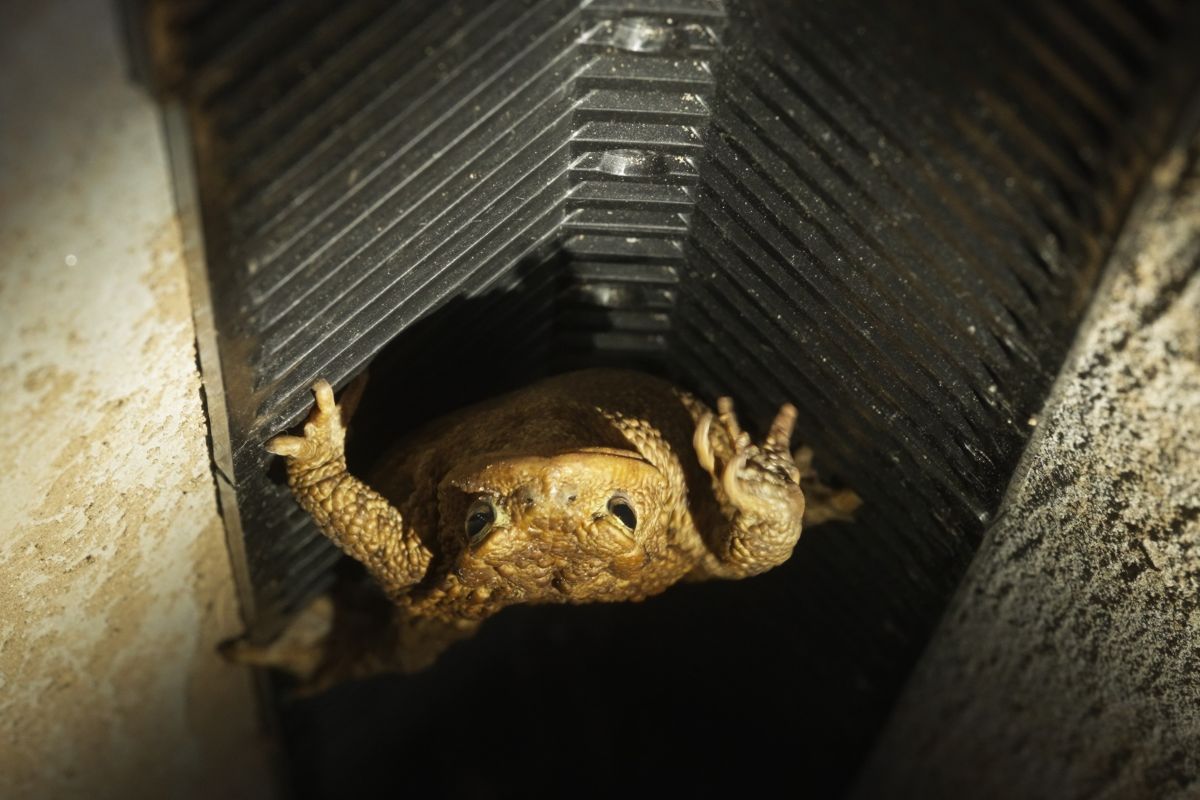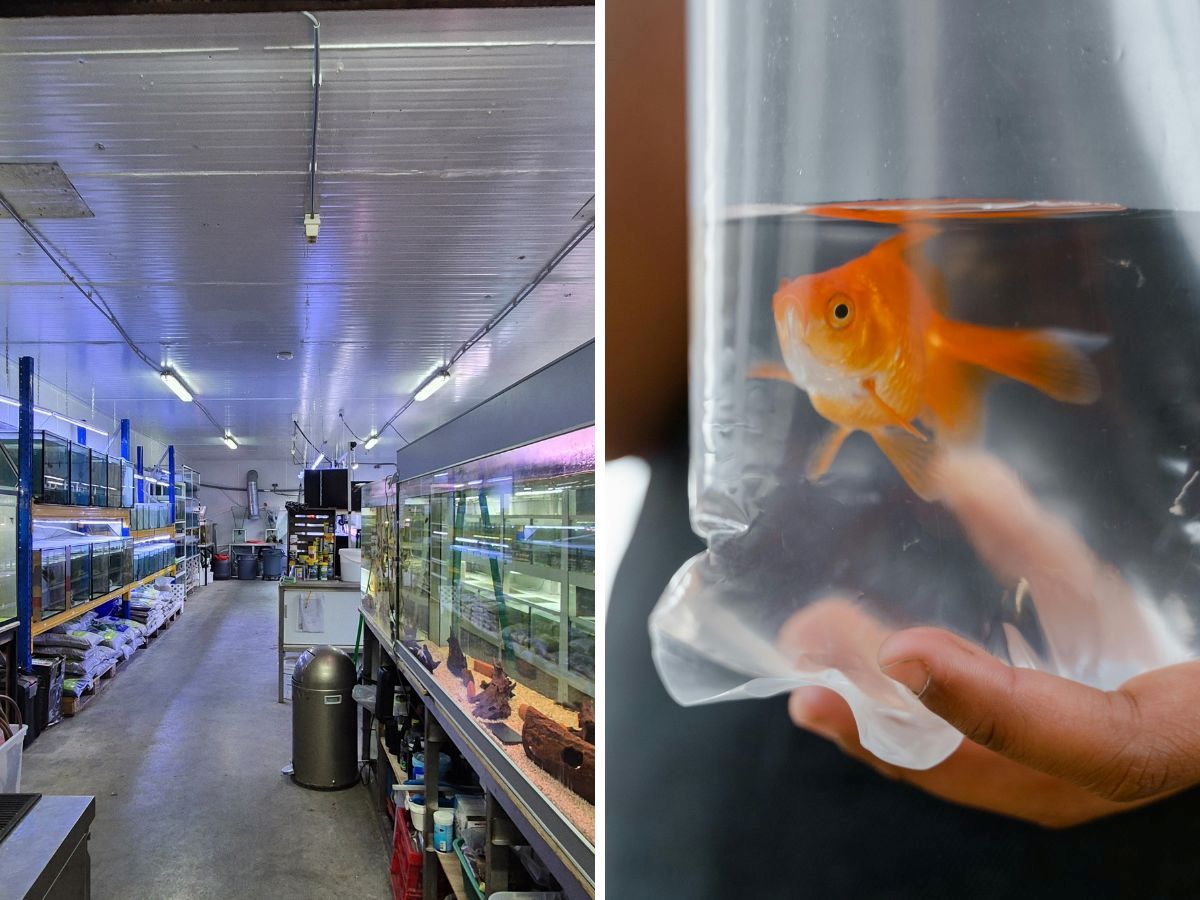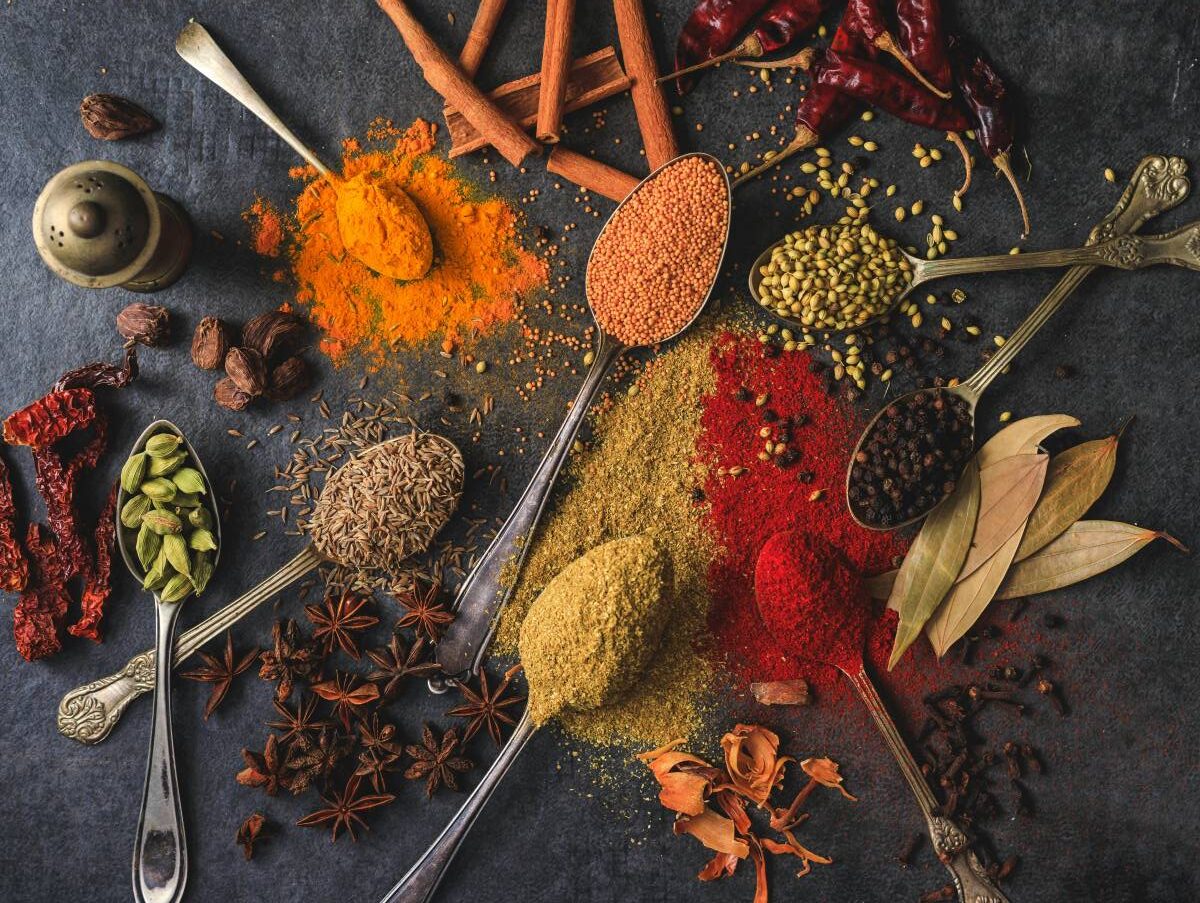As the days get darker again and winter time sets in, it is increasingly noticeable that it is never really dark in the Netherlands. At least not in the city, but large parts of the countryside are also lit day and night by artificial light. What exactly is this about? How bad is this light pollution? And is it harmful to nature? We from thegreenlist.nl went to investigate.
What exactly is light pollution?
Light pollution refers to the excessive lighting of the environment at night. Think of light from buildings, roads or shipping. If you look at the earth from a spaceship, you will see luminous dots everywhere. These are places where artificial light is used to illuminate the environment. Scientists have a beautiful, interactive map made of the whole earth on which you can see which places suffer most from light pollution. And as soon becomes clear: The Netherlands cannot be missed, it is one of the most lighted countries in the world. And that's not the worst of it: light pollution is still increasing!



There is light pollution all over the world. There are few places where it is still really dark. This is easy to see from space.
Where exactly does light pollution come from?
The Netherlands has a number of major contributors to light pollution. Take greenhouse horticulture, for instance: the greenhouses in which vegetables, fruit, plants and flowers are grown. Lights are on day and night in and around these greenhouses. Or how about street lamps along public roads, highways and at railway stations. Another example are advertising pillars on which products are advertised day and night. Monuments, bridges, churches or other buildings are also often lit up at night. Beautiful to see, but therefore also a source of light pollution and therefore harmful. Finally, you can also think of business parks, car parks, sports fields or industrial estates, where artificial light is used to secure the area.
So some of the artificial light in the Netherlands is on for safety, but much of it is also for decoration. And the question is whether it is necessary for safety that an entire football pitch is constantly lit.
Exhausted migratory birds and confused insects
The most recognisable effect of light pollution is that at night in (large) cities we can hardly see any stars, if any at all. Of course, this is a great pity, because the night sky is beautiful. In addition, light pollution has many other negative effects. For instance, animals are attracted by this artificial light, but then no longer know where they are and where to go. Think of migratory birds that keep flying in circles around oil platforms. Over time, they are exhausted and no longer manage to reach their destination. Insects that gather around artificial lights, such as street lamps or buildings, are easy prey for spiders in this way. And the moth, an animal attracted to light, is also slowly disappearing from the Netherlands.
Animals, insects and people settle down less
All that artificial light also has negative effects on our biorhythms. Because your body produces less of the sleep hormone melatonin, it is harder to fall asleep. And this is not surprising: just try to sleep well if the light in your bedroom is constantly on. Of course, there are some people who can do that, but most of us don't get happy. The same goes for flowers, animals, insects and plants. They too do not come to rest. This causes them to show abnormal behaviour: plants no longer grow (sufficiently), animals don't hunt or hunt less, and come out of hibernation too early. And that in turn causes them to reproduce less or die prematurely. In short: light pollution has major consequences for biodiversity.
At the moment, not much is known about the long-term effects of light pollution, but not surprisingly, they are unlikely to be positive. There is plenty of research being done by numerous scientists from all over the world, for instance by finding out whether certain colours of light, such as red or green, would be less harmful. Perhaps that could provide a solution for essential (street) lighting.
What can you do yourself against light pollution?
You can also take small actions against light pollution yourself, so that you contribute in your own way.
- At your work or sports club, are the lights always left on after closing time? Report this to the person responsible so that the lights can be dimmed or perhaps even switched off.
- The same goes for industrial sites, bright lampposts or other disturbing artificial light. Take photos of this, write down the location and report it to your municipality. Who knows, maybe they can do something about it!
- And of course, you can also pay attention in your own home. For example, don't leave big lights on in your garden in the evening and at night, turn off the lights in rooms you are not in, or try reading a book by a candle one evening. You can find our tips for sustainable candles here.
- In addition, you can work with motion or heat sensors. So that the light in the garden switches on when you come home at night and look for the shed door, but then switches off again when you are inside and your garden gets dark again. This also costs less electricity, which is nice for your wallet!
Want to know more about light pollution? Then we recommend you watch the episode ‘Enlightened Netherlands’ from Spaceship Earth to watch, a programme by KRO-NCRV. You can also watch it afterwards via their postcode tool find out how bad light pollution is in your area. And, of course, take immediate action: what are you going to do first?
More sustainable tips from thegreenlist.nl
- Winterising your garden? This is how you help animals through the winter.
- Birds in the garden: This is how to help them through the winter!
- Is your street already bike-friendly? Take the test!
Sources: RIVM, Light on Nature/Light on Landscape project, RTL: Stars may not be visible in 20 years due to increase in light pollution, De Volkskrant: Can it be a bit darker? Light pollution harms animals and humans. Photo credits: main image: Sonny Vermeer (Pexels), aerial photo Italy: Pixabay (Pexels), highway: Jack B (Unsplash), lamp with insects: евгения егорова (Pexels), city by the water: Sonny Vermeer (Pexels).












